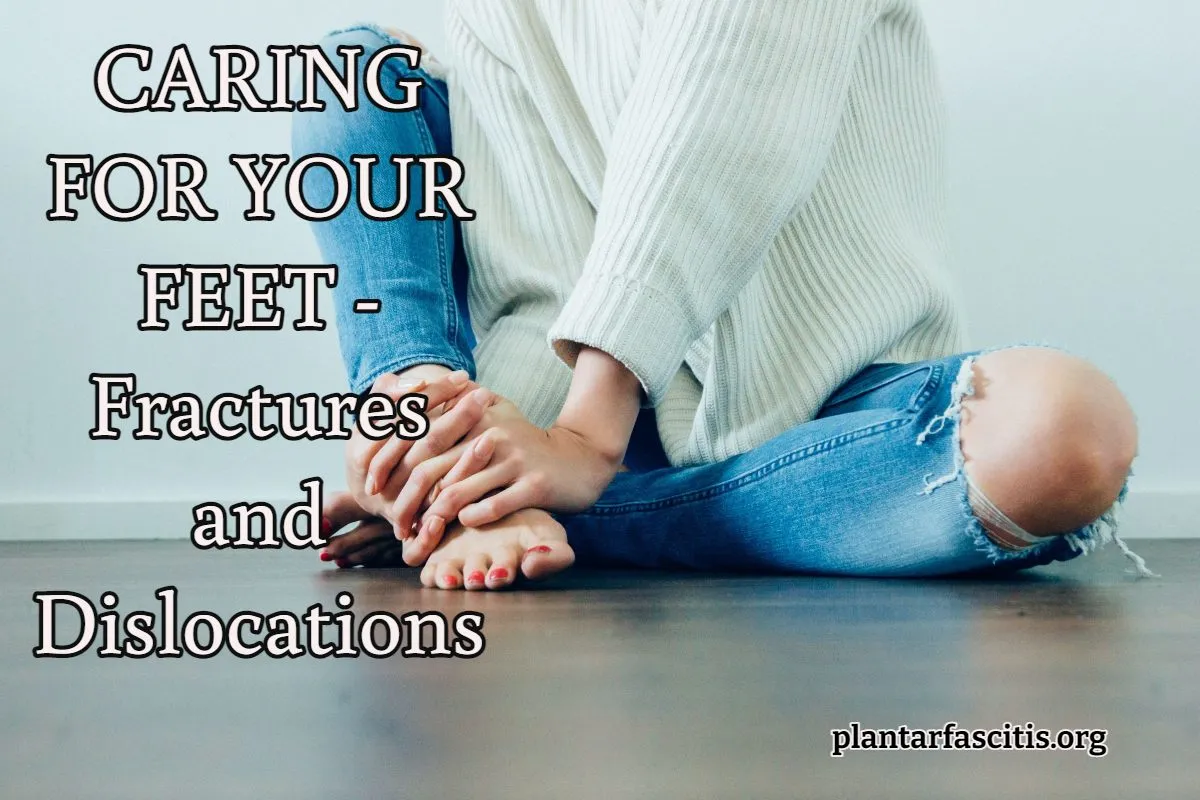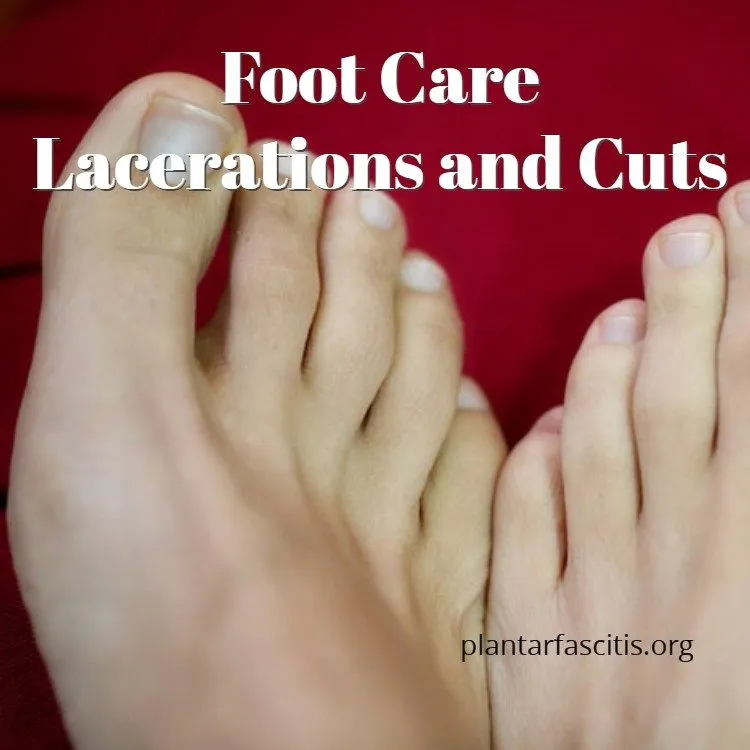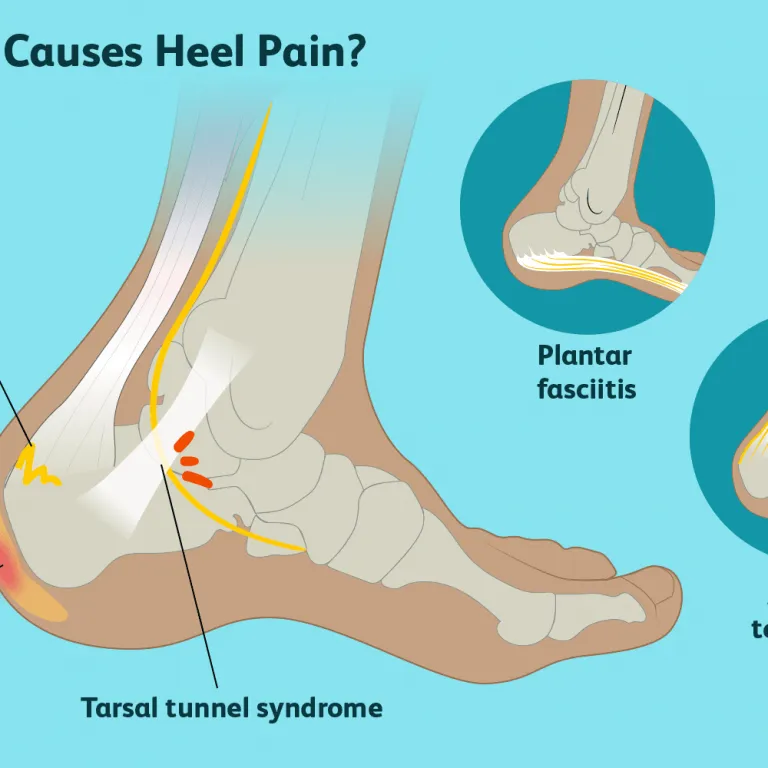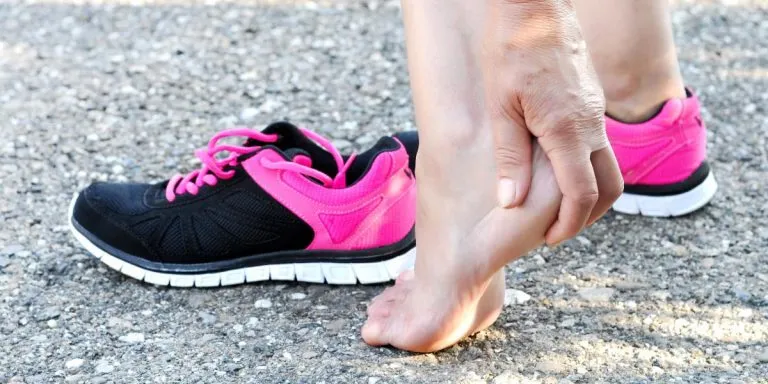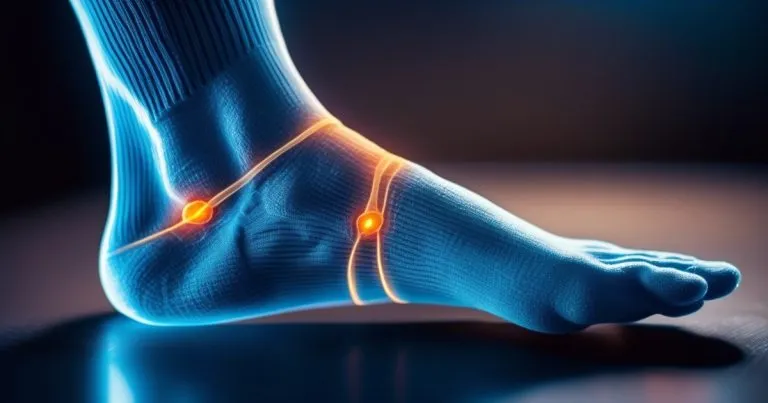Foot Care – Fractures and Dislocations
Introduction
Fractures and dislocations are common traumatic injuries that affect the skeletal system, which includes bones, ligaments, joints, and muscles.
These injuries can occur in any part of the body and can range from minor to severe, depending on the force of impact or stress on the bone or joint.
Fractures
A fracture is a break in the continuity of the bone. This can be due to high-force impact or stress or pathological fractures due to certain conditions weakening the bones, such as osteoporosis.
Fractures can be categorized into several types, including simple (closed), compound (open), comminuted (breaks into multiple pieces), greenstick (partial fracture), and compression (bone is crushed), among others.
Symptoms often include pain concentrated at the site of the fracture, inability to move or bear weight on the injured area, swelling, and bruising.
Dislocations
Dislocations occur when extreme force is put upon a ligament causing the bone ends to move out of their normal position within a joint.
This type of injury frequently affects joints in the shoulder, elbow, fingers, hip, knee, and ankle.
The main symptoms are intense pain, immobility of the joint affected, visible deformity if severe, and swelling.
Both fractures and dislocations require immediate medical attention for correct diagnosis through physical examination and imaging techniques like X-rays or MRI scans.
Treatment procedures vary according to severity but generally aim at restoring normal alignment through immobilization using casts or splints for fractures, reduction procedure for dislocation followed by rehabilitation exercises to restore function and prevent stiffness.
Fractures and dislocations differ from stress fractures.
Stress fractures usually do not result from one serious injury but are due to repeated lesser traumas.
On the other hand, true fractures and dislocations are usually the results of one severe injury. True fractures and dislocations of the foot are serious problems; if they are not treated properly, they can result in lifelong pain and disability.
They must be treated immediately by a doctor, especially if you are diabetic, have poor circulation, have decreased sensation in your feet (neuropathy), are taking blood thinners, or have other serious medical problems.
Sometimes it will be difficult to decide whether you have a fracture or not; at these times, it is best to see a doctor and let them decide.
Here are some tips to follow after a foot injury:
1. Fractures are disruptions or breaks in a bone and can include the following types:
a. Hairline breaks, where there is no separation of bone — just a crack is present.
b. Complete break with separation of bone.
c. Complete break with the bone sticking out of the skin. This is a true medical emergency; go immediately to the emergency room or call 911.
2. Dislocations are disruptions in one or more joints.
A joint is where two bones come together and are bound by tissue called a joint capsule. Certain injuries rip this capsule and allow the bones to separate and move.
When this occurs, the joint is said to be dislocated.
3. Immediate treatment includes seeing a doctor immediately! If you think you have sustained a fracture or dislocation, immediately do the following:
a. remove your shoe and inspect the area for an open wound. If there is a wound present and it is bleeding, apply mild pressure with a clean bandage.
b. Immobilize the foot with an elastic bandage so there is no movement at the injured site. Do not apply too much pressure, or you will cut off the circulation to the foot.
c. Do not walk on foot. Elevate it.
d. Apply ice above the ankle, not directly to the injured site.
e. Do not drive! Call someone to take you to the doctor or emergency room immediately. If you cannot find someone to take you, call 911.
Keep a close eye on your feet for changes, new pains, irritations, and anything else. Always be mindful of what you put on your feet and what you wear.
Bone Dislocations
Bone dislocations are quite painful and can lead to offset positioning of the affected bone.
Here’s what you should look for if you suspect a dislocation:
- Pain: This is typically immediate and severe.
- Deformation: The joint may appear visibly distorted or out of place.
- Swelling: The area around the joint might be swollen due to inflammation.
- Discoloration: There could be bruising, which usually appears blue or purple on the skin.
- Limited Movement: The injured person may find it difficult, or even impossible, to move the dislocated joint.
- Numbness or Tingling: These sensations may occur below the dislocation site.
- Limping or Difficulty Using The Limb: This is often the case if an extremity is involved (shoulder, elbow, hip, knee).
Please note that any suspected dislocation needs urgent medical attention to prevent further damage and complications.
Bone Fractures – What to Look For
Bone fractures can occur due to accidents, sports injuries, or even some medical conditions that weaken the bones. It’s important to recognize the signs and symptoms of a bone fracture to seek appropriate medical attention.
Here are some key signs you should look for:
Pain
The most common symptom of a fracture is severe pain, which tends to worsen when trying to move or apply pressure on the injured area.
Swelling or Bruising
After a fracture occurs, it’s typical for swelling or bruising to appear around the affected area. This is caused by bleeding and inflammation within the tissues surrounding the broken bone.
Deformity
Sometimes, it might be visible that a part of your body isn’t shaped as it usually would be. A limb might look misshapen or bent at an odd angle.
Difficulty in Moving
Fractured bones can limit mobility and make movement painful. If you’re unable to move a limb normally or if using the limb causes severe pain, this could indicate a fracture.
Crepitus
A grating sound or sensation experienced upon movement due to the rubbing together of broken bone fragments also suggests a potential bone fracture.
Tenderness around Injury
Tenderness around an injury site may indicate a possible fracture.
While these signs can suggest a possible fracture, they don’t definitively diagnose one. X-rays and other imaging studies are usually necessary for proper diagnosis.
If you suspect you’ve fractured a bone, seek immediate medical help.
Foot Fractures and Dislocations – Solutions
Foot fractures and dislocations can be incredibly painful and debilitating, but numerous solutions are available to alleviate pain, fix the problem and restore mobility.
1. Rest, Ice, Compression, Elevation (RICE)
This is usually the first line of treatment for minor fractures or dislocations. The aim is to reduce swelling and inflammation whilst promoting healing.
- Rest: Avoid putting weight on the injured foot.
- Ice: Apply an ice pack for 15-20 minutes every 2-3 hours.
- Compression: Use a wrap or bandage to compress the area gently.
- Elevation: Elevate your foot to help reduce swelling.
2. Pain Relief
Over-the-counter nonsteroidal anti-inflammatory drugs (NSAIDs) like ibuprofen can help with pain relief. Always follow the guidance on the medication packaging or doctor’s advice when taking these drugs.
3. Splinting & Casting
In cases where fractures or dislocations are more severe, a splint or cast might be necessary to keep bones in place during healing. This method immobilizes the foot preventing further injury.
4. Physiotherapy
After initial healing, physiotherapy is often recommended to regain strength, flexibility, and balance in your foot.
5. Surgery
Surgery may be required for complex fractures or serious dislocations that cannot be treated with non-surgical methods. The type of surgery will depend on the specific nature of the injury.
Remember: Always consult a medical professional if you suspect a fracture or dislocation of your foot for an appropriate diagnosis and treatment plan!

